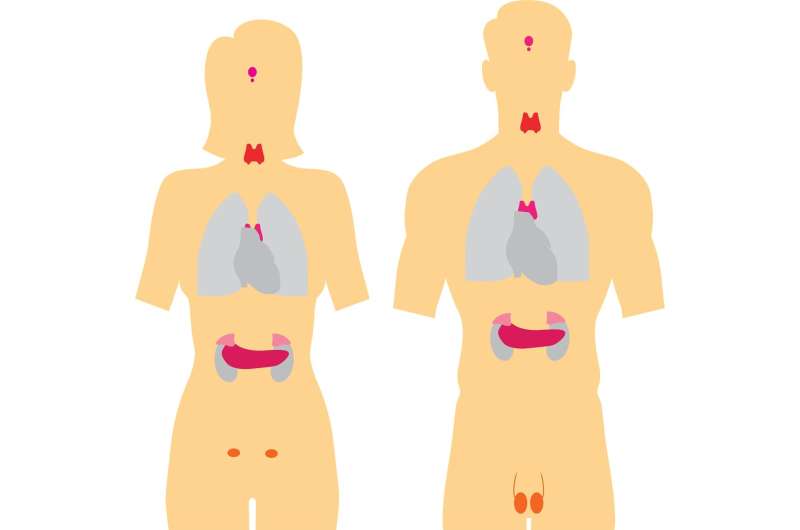Study Highlights Disparities in Child Gun Injuries Based on Neighborhood Opportunity

Children in disadvantaged neighborhoods face up to 20 times higher risk of gun injuries. A new study highlights the importance of neighborhood conditions and targeted prevention to reduce firearm-related hospitalizations among youth.
Recent research published in the journal Pediatrics reveals significant disparities in firearm-related hospitalizations among children across different neighborhood environments. Children living in areas classified as 'very low-opportunity' neighborhoods are up to 20 times more likely to be hospitalized for gun injuries than those in more advantaged communities. This multi-state study, which analyzed hospital discharge data from Florida, Maryland, New York, and Wisconsin, underscores the stark impact of neighborhood conditions on children's safety.
The findings indicate that most pediatric gun hospitalizations are due to unintentional shootings—incidents typically caused by mishandling or accidental discharges of firearms. Dr. Mehul Raval, Head of Pediatric Surgery at Ann & Robert H. Lurie Children's Hospital of Chicago, emphasized that reduced neighborhood opportunities correlate directly with increased firearm injuries among children. Senior author Dr. Anne Stey notes that where a family lives significantly influences a child's risk of firearm injury or death, particularly emphasizing that many injuries are preventable.
The study paired hospital data for nearly 7,000 children aged 0–17 with the Child Opportunity Index (COI), which ranks neighborhoods based on education, health, and socioeconomic factors. Results showed that 28% of ZIP codes in very low-opportunity neighborhoods were hotspots for firearm injuries, compared to just 5% in high-opportunity areas. In Maryland, children from these disadvantaged areas faced over twenty times the risk of gun-related hospitalizations than those in the most privileged neighborhoods. Similar disparities were observed in Wisconsin, New York, and Florida.
The researchers highlight that unintentional injuries account for over half of the firearm hospitalizations across the studied states, with assaults and self-inflicted injuries making up the remainder. Interestingly, children in high-opportunity neighborhoods, while less likely to be injured, are more prone to fatal outcomes when injuries occur, often due to self-harm.
To address these disparities, the study advocates for targeted prevention strategies such as safe firearm storage and community education. Implementation of Child Access Prevention laws is seen as a crucial step, as such laws have proven effective in reducing accidental and self-harm deaths among children. The researchers stress the importance of systemic interventions designed to reduce firearm injuries at the neighborhood level.
This study provides important insights into how neighborhood conditions influence firearm injury risks among children and highlights the need for policy and community-based preventative measures to protect vulnerable populations.
Source: https://medicalxpress.com/news/2025-08-kids-disadvantaged-codes-higher-odds.html
Stay Updated with Mia's Feed
Get the latest health & wellness insights delivered straight to your inbox.
Related Articles
New Research Finds No Link Between Noisy Knees and Early Arthritis in Young Adults
Recent research shows that knee crepitus, or noisy knees, is not a reliable predictor of early osteoarthritis in young adults after ACL injury, highlighting the importance of proper rehabilitation and active lifestyle.
Understanding Thyroid Cancer Risks in Women and Men
Learn about the risks, symptoms, and treatment options for thyroid cancer in both women and men, with recent insights highlighting that the danger is equal for both genders, especially in advanced cases.



